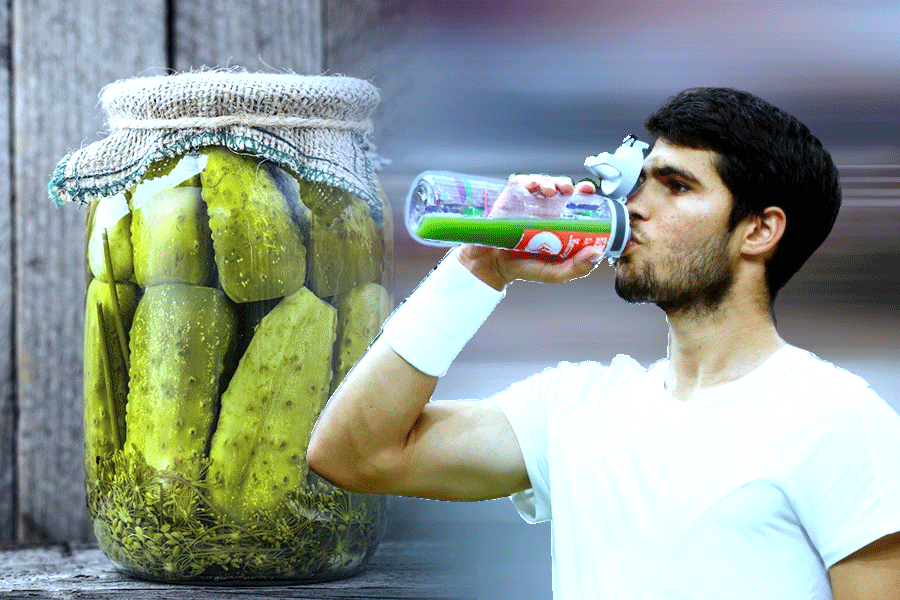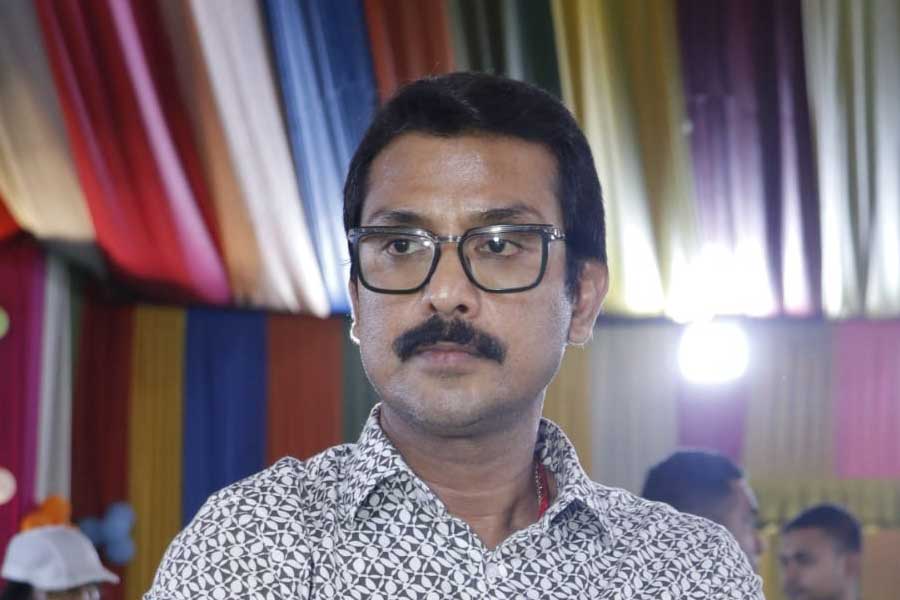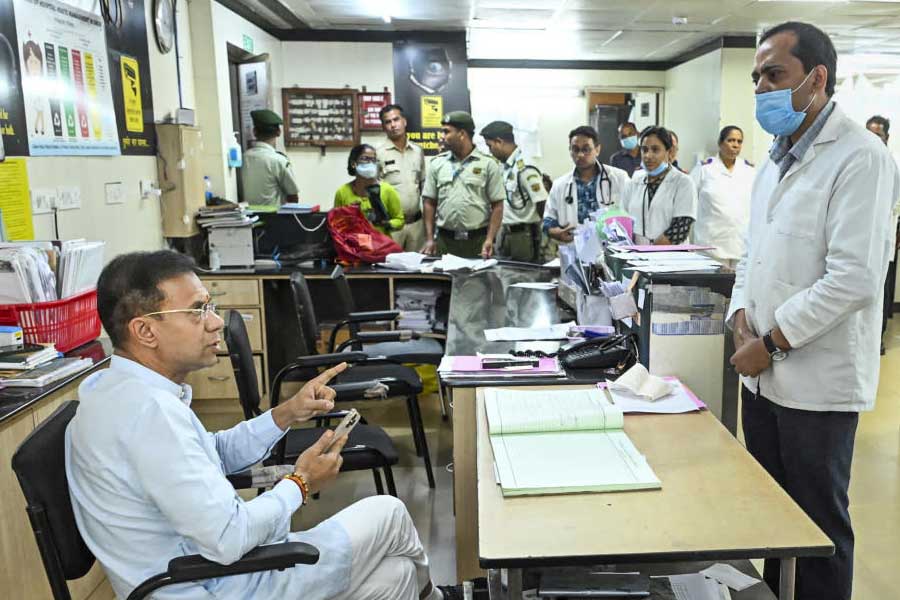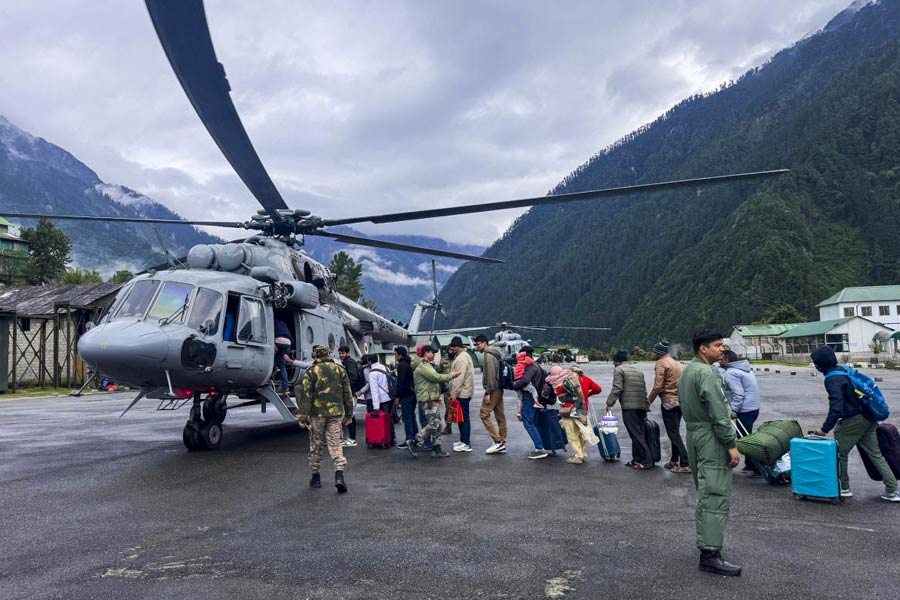
Guwahati, April 23: The Archaeological Survey of India today announced the existence of a number of female skulls along with a male skull in a maidam (burial ground of the Ahom kings) in Upper Assam's Sivasagar district.
For the first time, the ASI collected blood samples from descendants of Ahom kings to conduct DNA tests to find out whether the bones excavated belonged to the Ahom royal families. Charaideo is famous for maidams, which broadly resemble pyramids in Egypt.
Superintending archaeologist of ASI, Milan Kumar Chauley, said Veena Mushrif Tripathy, assistant professor of Pune-based Deccan College Post Graduate and Research Institute, an expert in study of bones, has confirmed that of the five skulls recovered from maidam number 2 in Charaideo, one was of a male in his forties. The remaining four skulls were of females, two in their twenties and other two in their thirties, he added.
"There were five skulls, three mandible, two radius, two tibia, two scapula, six ribs and 46 long bones. The bones suggest remains of six individuals. But we got only five skulls," he said. The bones were recovered in 2002.
Chauley said the other skull might have been lost when the British excavated the maidam. The British made tunnels into each of the maidams in Charaideo to dig out the buried treasure.
Some people believe that when the Ahom kings died, his servants and other objects were buried along with him, since the king will require them in the other world.
Chauley said although findings of multiple skulls may corroborate the belief but it is a matter of research for historians to find out about the other four skulls. "They may be of the queens," he said.
ASI officials collected 20 blood samples for DNA test, including descendants of King Chandrakanta Singha (from Mathurapur area), Rajeswar Singha (Tengapukhuri), Gomadhar Konwar (Lakwa) and Chakradwaj Singha (Lakwa).
Chauley said the DNA test conducted at Centre for Cellular and Molecular Biology in Hyderabad would take one to two years, as there is only one person in the country who can conduct the test.
Madhurjya Rajkonwar, a member of the Tai Ahom community from Lakwa, who helped the ASI team to collect the blood samples, said there were doubts from among some sections that the bones might have belonged to some plumbers who were used by the British to dig the maidams. He said there were reports in Arunudoi in 1840 about the death of a plumber while excavating the maidams.
Rajkonwar said although the four skulls of the women do not indicate that they may have belonged to plumbers, the DNA test will hopefully bring more light on their history.










